

Art Director, producer, architect & author: Asmaa Alanbari
Oud music: Ehsan Al Emam
Violin music: Layth Siddiq, Performance art: Yen Ching Lin

‘Gilga’: ancestor
...to initiate a dialogue with history & confront the process of erasure
...an adaptation of the ancient poem Gilgamesh, it addresses 21st century social and environmental issues, asking: “what is the point of eternal youth if soon there will be not much left worth living forever for?” The story references ancient art and universal natural heritage, highlighting their endangered status.
right: present day south of Iraq (near Basra), close to where the Sumerian myth was originally narrated
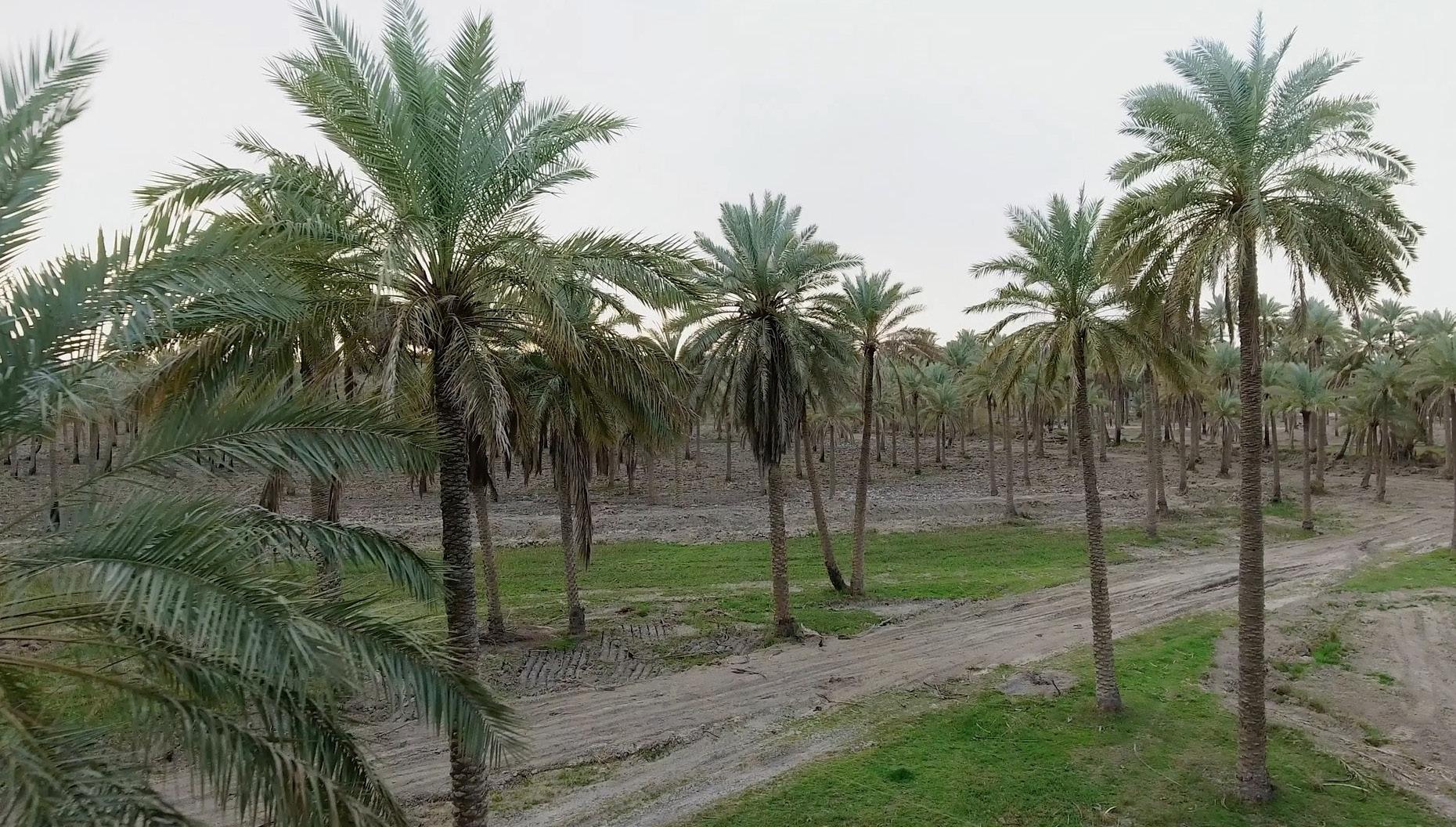
an immersive art installation and performance narrating the story of one person’s awakening, and what they learn about our natural and cultural heritage whilst on the quest for eternal youth...

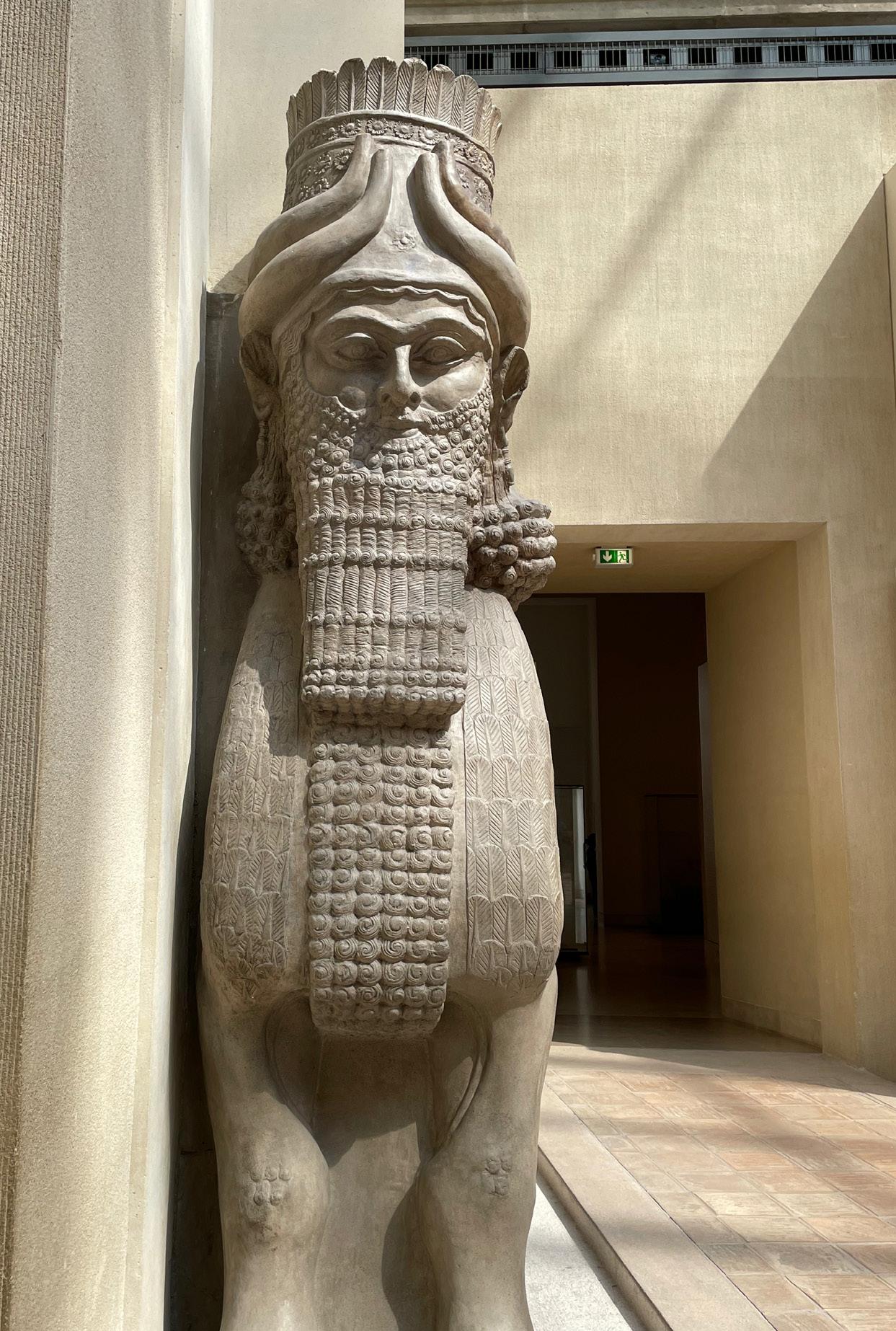

 right: Gilgamesh bowing to the goddess Ishtar left: giving the character of Ishtar a contemporary female identity
above: a lamassu, a sculpture of a spirit that was placed in Mesopotamian temples for protection Courtesy Le Musee du Louvre
right: Gilgamesh bowing to the goddess Ishtar left: giving the character of Ishtar a contemporary female identity
above: a lamassu, a sculpture of a spirit that was placed in Mesopotamian temples for protection Courtesy Le Musee du Louvre

 right: having defeated Ishtar in battle, Gilgamesh rises in glory, referencing the original ancient artwork The Burney Relief Ishtar (left) courtesy The British Museum
right: having defeated Ishtar in battle, Gilgamesh rises in glory, referencing the original ancient artwork The Burney Relief Ishtar (left) courtesy The British Museum
to address the future of intangible heritage & our natural treasures...
In Alanbari’s adaptation of the original myth, the audience is immersed in sensory stimulation wavering between traditional and contemporary visuals and sounds. Her adaptation is an invitation to engage with our natural treasures as well as tangible and intangible cultural heritage. Tangible heritage is either in museums or sites with varying extents of accessibility, and at times abroad in difficult to access sites or worse, areas where war is rife, and artefacts are destroyed by violence or neglect. Intangible heritage are the traditional beliefs, customs, and stories of a community, passed through generations by word of mouth and are increasingly forgotten or at risk of becoming irrelevant. ‘Gilgamesh Contemporary’ immerses its audiences in sporadic visuals of endangered natural sites, ancient works of Mesopotamian art from the Louvre, the British Museum and the Museum of Mosul as well as the traditional sounds of live oud music. They are juxtaposed with scenes and sounds from contemporary urban life allowing the audience to relate, and therefore engage with heritage not as an idea but immersively through the senses.
above: one of the original cuneiform tablets (4 500 BC) narrating the original Gilgamesh epic was recently recovered from traffickers

right: plastic recently found inside the flesh of food we consume

our hero finds the secret, cradles it as though a child, too self imbued to realise it is merely bubble wrap ...a metaphor.
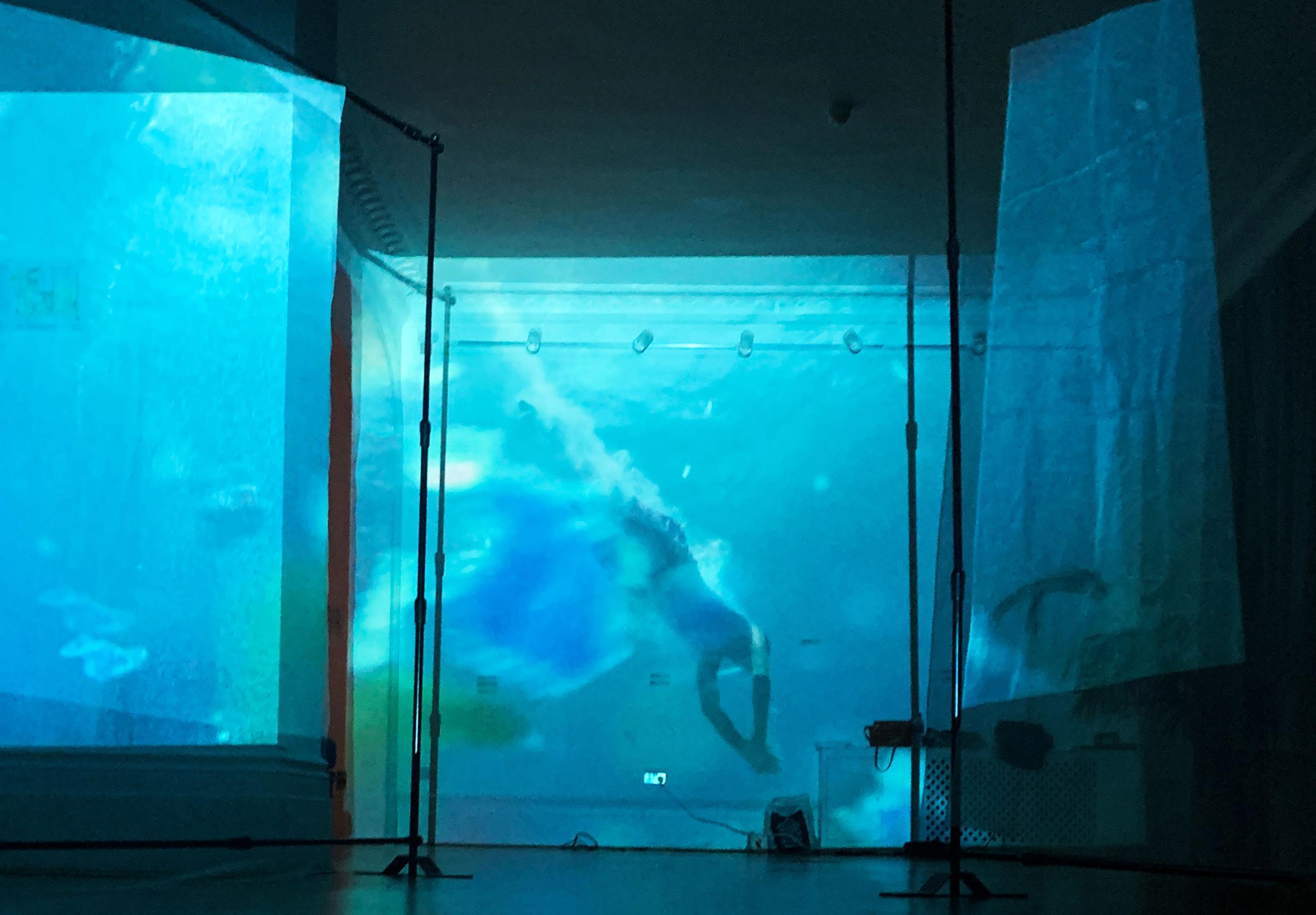
satire communicates in subtle ways
 Gilgamesh takes the plunge in search of the secret of eternal youth, only to end up in a sea of plastic rubbish
Gilgamesh takes the plunge in search of the secret of eternal youth, only to end up in a sea of plastic rubbish
...and other times crudely, in order to highlight the visceral problem the environmental crisis has become.
It is no longer a distant worry for global scientific organisations, it is infiltrating our local life, and slowly our intestines through the water we drink, the fish we eat, the air we breathe.
a call to action to protect our natural and ancient heritage through sensory stimulation, education & play



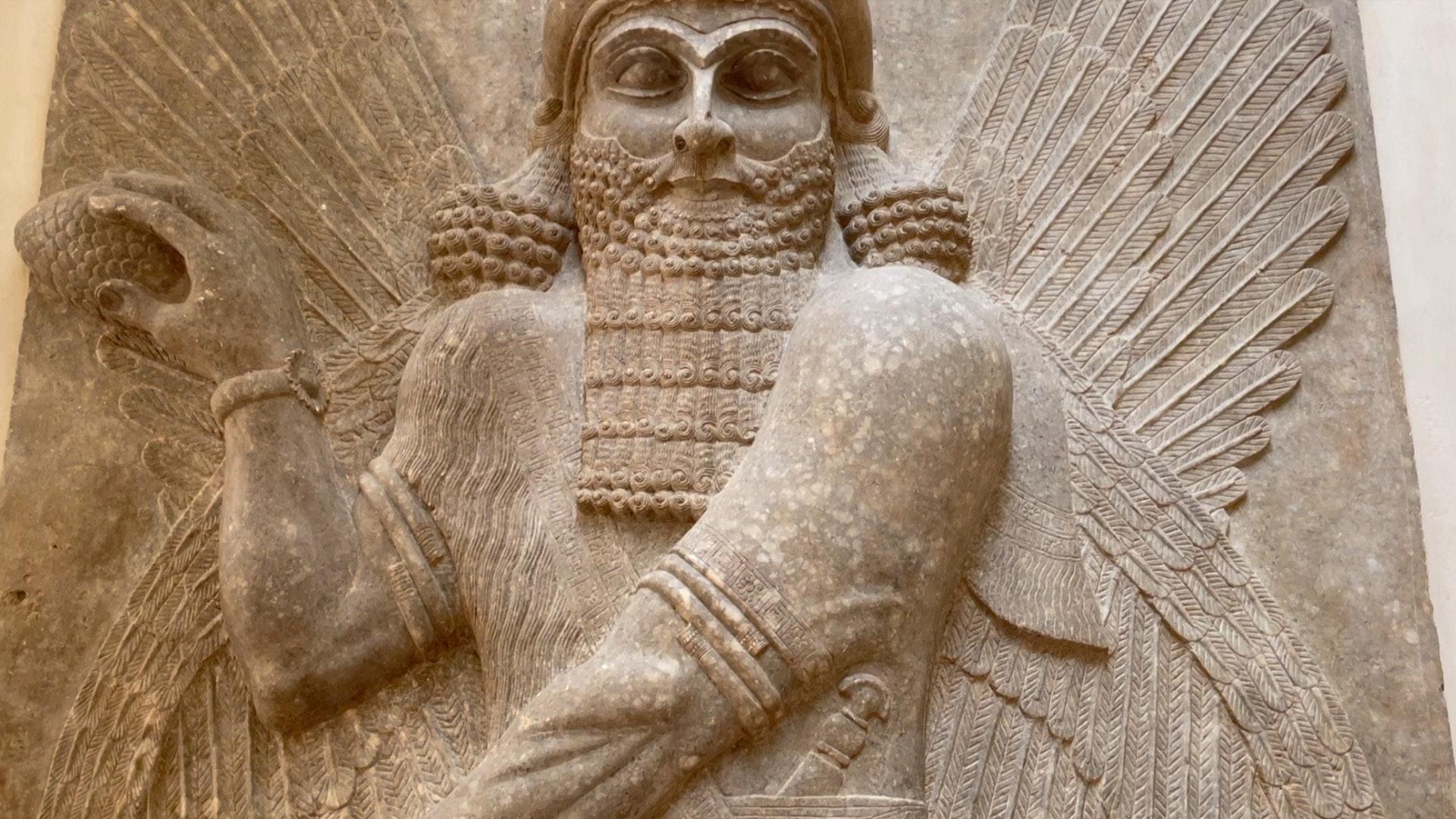











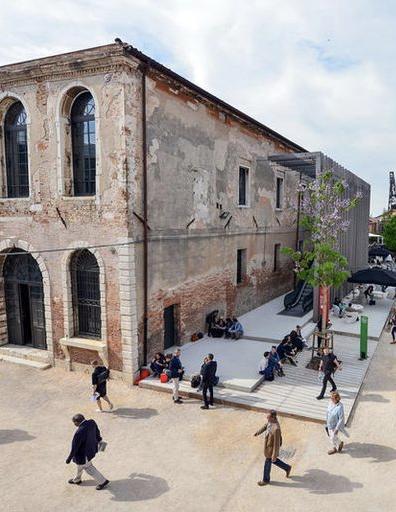

 Ark Re-imagined, visualisation – construction by Khalid N. Ramzi and Rand Al-Shakarchi, 2016 (below and bottom right)
Ark Re-imagined Hub Model (below) under construction at Um al-Shuwaich, summer 2018
Ark Re-imagined, visualisation – construction by Khalid N. Ramzi and Rand Al-Shakarchi, 2016 (below and bottom right)
Ark Re-imagined Hub Model (below) under construction at Um al-Shuwaich, summer 2018





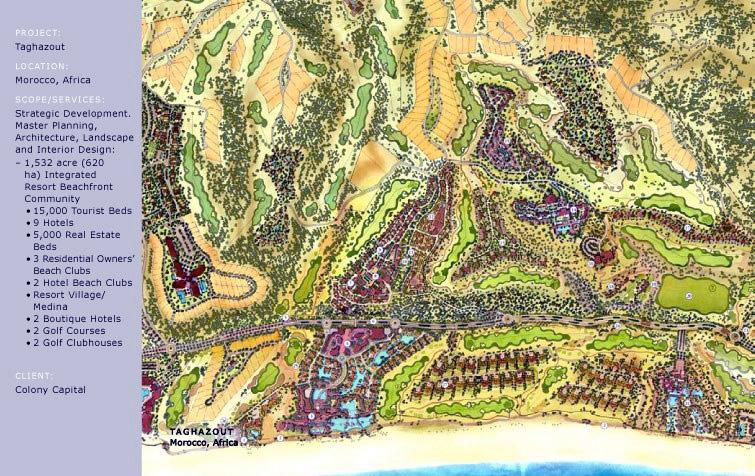
 III. EXPERTISE IN MANAGEMENT OF THE BUILT ENVIRONMENT
The National Theatre of Bahrain 2003
left: south facade of the theatre client: Kingdom of Bahrain Ministry of Works &Housing © Architecture Studio France
III. EXPERTISE IN MANAGEMENT OF THE BUILT ENVIRONMENT
The National Theatre of Bahrain 2003
left: south facade of the theatre client: Kingdom of Bahrain Ministry of Works &Housing © Architecture Studio France

 this page: ground floor plan of the Theatre © Architecture Studio France
left: cross section of the Theatre
this page: ground floor plan of the Theatre © Architecture Studio France
left: cross section of the Theatre
 left: one of The Body as Landscape series acrylic on canvas © Asmaa Alanbari
PAINTING
left: one of The Body as Landscape series acrylic on canvas © Asmaa Alanbari
PAINTING